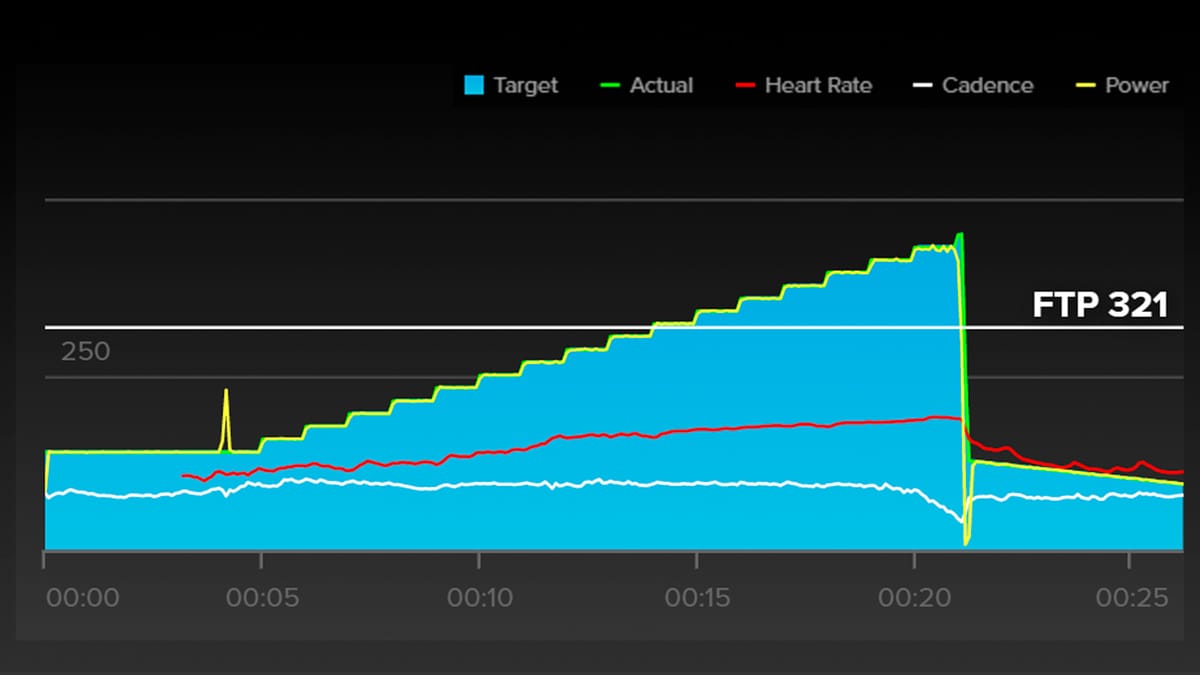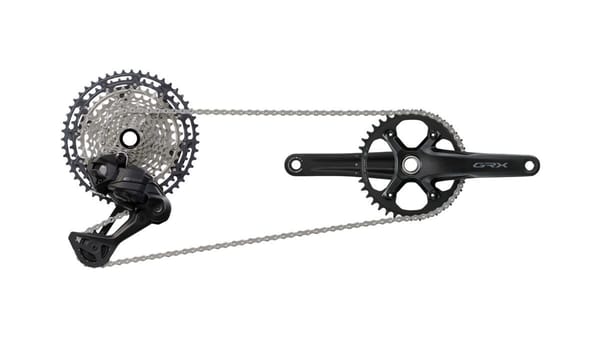The FTP Test Is Dead. Long Live the FTP Test.
Dreading your next FTP test? Learn why the numbers are fuzzier than you think, discover smarter ways to assess your fitness, and build a healthier relationship with your training data.

Let’s be honest. For many cyclists, few things evoke the same specific dread as seeing "20-Minute FTP Test" pop up on the training calendar. It’s an appointment with discomfort, a final exam for which you feel perpetually unprepared. We build it up in our minds as a singular judgment—a pass/fail verdict on our fitness, our dedication, and our worthiness as a cyclist.
But what if we’ve got it all wrong? What if the test isn't a verdict, but just a data point? And a fuzzy one, at that. It’s time to rebrand the dreaded test from a high-stakes final exam into a low-stakes pop quiz—one of many tools we can use to get faster, stronger, and, dare we say, happier on the bike.
The Real Reason to Test: Practicing Performance
Sure, the primary reason to assess your fitness is to set effective training zones. Without some kind of benchmark, your "Zone 2" ride is just… a ride. A test gives you guardrails, ensuring your hard days are hard enough and your easy days are actually easy. It also provides a metric to see if your training is, you know, working.
But there’s a deeper, more valuable reason to embrace these efforts: practicing performance on demand.
Every race, gran fondo, or spicy group ride requires you to show up and deliver your best on that particular day. Nerves, self-doubt, and pacing anxiety can sabotage even the fittest rider. A periodic fitness test is a dress rehearsal. It’s a chance to learn how to manage those nerves and execute a hard effort when it counts, reframing the moment from a threat ("What if I fail?") to a challenge ("Let's see what I can do today"). Miss the mark? Who cares. Unlike a race, the only thing on the line is a number in your TrainingPeaks account. Fail an interval, blow up, or just aren't feeling it? You learn something and come back to nail hundreds of other workouts later.
The Dirty Little Secret: The Numbers Are Mostly Made Up
Here's a truth the data-obsessed crowd doesn’t like to admit: the numbers are incredibly fuzzy. The error bars on a single power meter are significant, let alone the discrepancies between your road bike, mountain bike, and indoor trainer.
Even the pros know it. In a now-infamous podcast interview, Tadej Pogačar—a man with access to the best equipment money can buy—admitted he often just trains by heart rate because power meters can be so frustratingly inconsistent.
So when you finish a test and get 321 watts instead of the 323 you got last time, or you were hoping for 150 but only hit 145, remember the sage wisdom of Whose Line Is It Anyway?: the points are made up and the watts don't matter. They are functionally the same number. Don't let a tiny, statistically insignificant variation derail your motivation. As long as you’re in the ballpark, you’re good.
Smarter Ways to Assess Your Fitness
If the 20-minute all-out sufferfest just isn't for you, good news: there are other ways to gather the data you need.
- The Ramp Test: Popularized by platforms like Zwift, this test starts easy and gradually increases resistance every minute until you can no longer turn the pedals. It’s a gentler ramp-up (pun intended) to failure and can feel less mentally daunting than pacing a 20-minute effort.
- The "8-out-of-10" Effort: Instead of going to the absolute well, perform a 20-minute effort at a pace you feel confident you can finish, leaving just a little in the tank. The goal is to finish feeling like you could have gone harder. It’s a surprisingly effective way to get a repeatable, useful number without the mental anguish. You’ll be amazed at how this "easy does it" approach often yields better and more consistent results over time.
- Mine Your Ride Data: Are you a Zwift racer or someone who loves hunting Strava segments? You’re likely generating test-worthy data all the time. If you have a collection of hard efforts—a lung-searing 1-minute attack, a solid 5-minute climb, and a 60-minute group ride where you were hanging on for dear life—modern training software can connect those dots and build a surprisingly accurate power curve to estimate your zones, no formal test required. This summer I did a Thursday night retro TT series, it was a perfect opportunity to test my 30 minute effort, make sure it was consistent and actually look forward to doing it.
Your FTP Is Not a Tattoo
Your fitness is not static. It’s a living, breathing thing that should undulate with the seasons. Yet we often treat our peak FTP from July as if it were tattooed on our forearm, despairing when we can't hit it in the middle of October after a break.
This is madness.
When you start a strength program, you don’t load the bar with your one-rep max from last season; you start light and build. Apply the same logic to your cycling. In the off-season, preemptively lower your training zones. Start your plan with a threshold setting of 135 watts instead of 150. You’ll probably be pleasantly surprised when your Zone 2 feels easy and your power numbers start creeping up. This creates positive momentum and gives you room to grow.
Ultimately, a test is just a snapshot. It’s one piece of data on one day. Your value as a cyclist isn’t defined by it. Use it as a tool, not a weapon against yourself. Embrace the process, be kind to your past self who wasn't as fit, and focus on the ride ahead.





